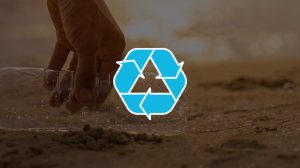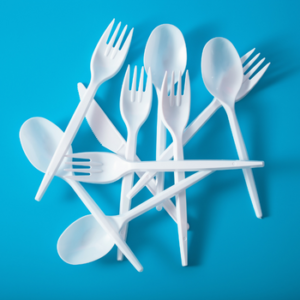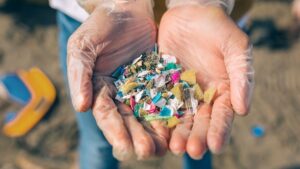Environmental Impact of Single-Use Plastics Is Overstated, Say Scientists
Could it possibly be that the scientific community is finally stepping up to reveal the real problems with plastic waste and, perhaps, helping consumers as well as plastic-haters to see the light? Phys.org has posted several articles in a series from the University of Michigan: “Mythbusting: Five common misperceptions surrounding the environmental impacts of single-use plastics.”
The first piece in the series, “Plastics, waste and recycling: It’s not just a packaging problem,” published on Aug. 25, 2020, pointed to a University of Michigan study showing that “two-thirds of the plastic put into use in the United States in 2017 was used for other purposes [than packaging], including electronics, furniture and home furnishings, building construction, automobiles, and various consumer products.”
While the study noted that plastic packaging “clearly warrants current efforts on reduction and coordinated material recovery and recycling,” plastics in packaging isn’t the only problem. Other sectors introduce unique challenges as well as opportunities to “shift away from the largely linear flow of plastics and toward a circular economy,” said the study.
The authors of the study created a detailed map of plastics flows from production through use and waste management and by type and market. Many durable goods that use large amounts of plastic do not get recycled. While previous estimates of recycled plastics, including one from the EPA, focused on solid plastic waste in municipal landfills, which comprises primarily containers and packaging, this new study includes plastic from construction and demolition waste and from automobile shredder residue.
It seems that plastic packaging gets a bad “rap” (don’t pardon the pun, please) because it’s the most visible. While I do see the errant plastic vehicle bumper laying on the side of the freeway periodically, most people do not equate vehicle bumpers with waste plastic. It’s the water bottle on the roadside or floating in the ocean that tends to get people’s attention, who then channel their ire at the plastics industry.
Misperception #3 was published in Phys.org on Oct. 26, 2020: “Reusable products are always better than single-use products.” Go into any grocery store and look at the shelves filled with single-use plastic bottles and metal cans and it’s easy to conclude that there are too many single-use containers. But are these really the environmental problem that many claim? Shelie Miller, environmental engineer and University of Michigan Associate Professor at the School for Environment and Sustainability, notes that “in reality, most of the environmental impacts of many consumer products, including soft drinks, are tied to the products inside.



